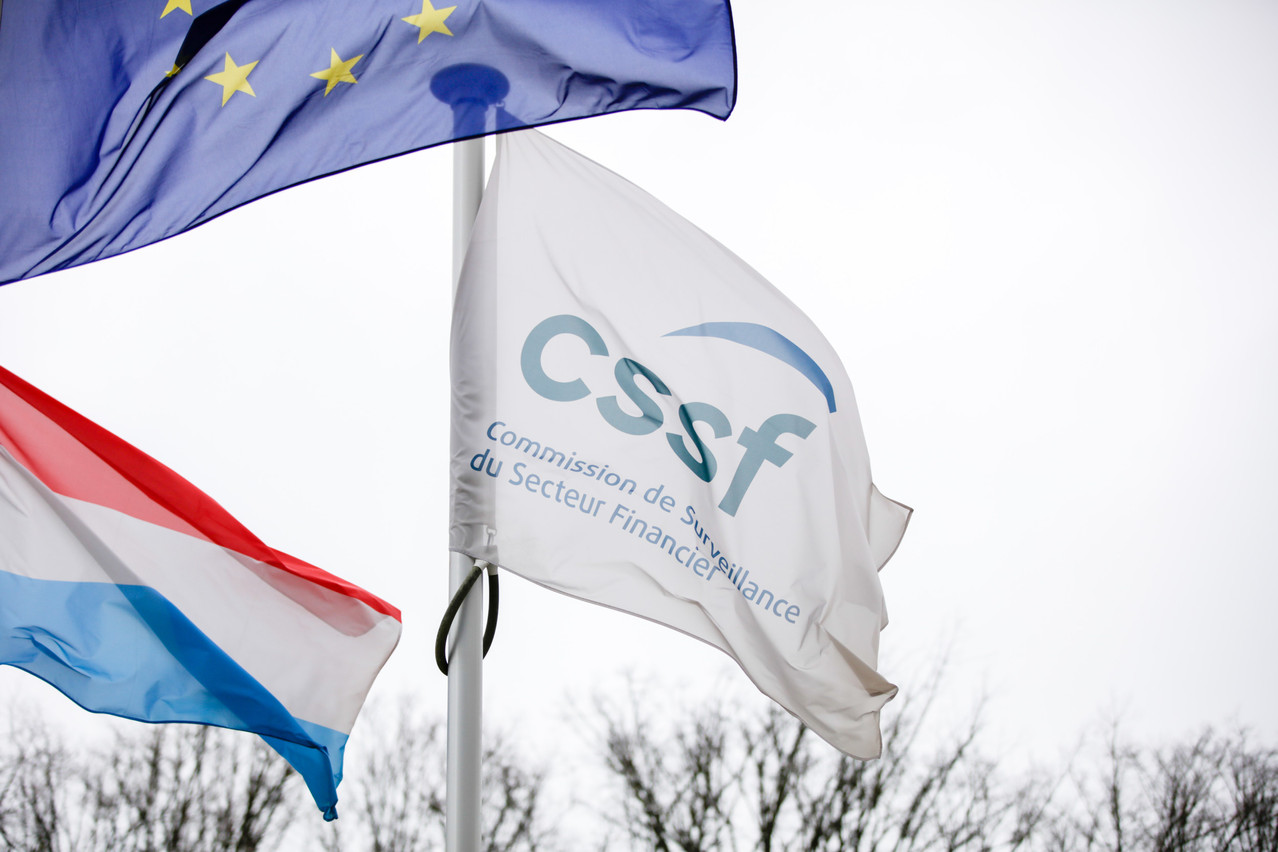Nobody likes paying to be supervised, especially when the bill keeps getting bigger. Against this backdrop, it would be an understatement to say that the coalition agreement of the new government has raised hopes within the financial sector: “The government will carry out a study into a review of the governance and funding structure of the Commission de surveillance du secteur financier (CSSF) and the Commissariat aux assurances (CAA) with a view to seeking a funding model that reconciles the needs of the two authorities, the maintenance of their independence and a reasonable level of taxation,” it reads.
Still, the finance ministry is not getting ahead of itself: “High-quality financial supervision is an integral part of the strengths of the financial centre,” says finance minister (CSV). “The challenges of supervision of the financial sector by the CSSF and the CAA are constantly increasing. It is therefore useful to regularly analyse whether modernising the governance structure and funding arrangements of the supervisory authorities could prove beneficial.”
As background: the CSSF does not depend on the state budget, but rather finances itself by levying “taxes”--which counterbalance its operating costs--on the entities it supervises. These fees (€137m in 2022) represent the CSSF’s main source of funding, alongside fines (€6m in 2022).
The fees are adjusted on a multi-year basis. The scale saw significant increases, which mainly affected credit institutions. Operating costs, in particular personnel costs (more than 80% of expenses), remain on an upward trajectory: the CSSF now employs almost 1,000 people (967), up from 845 in 2018, 308 in 2008 and 124 in 1998.
“The calculation of fees is based on precise criteria,” explains CSSF secretary general Danièle Berna-Ost. “Depending in particular on the volume, complexity and risk of the business, we allocate more or fewer resources to supervision. It is this workload that determines the amount of the fee. As far as possible, we apply the principle of proportionality.”
The financing of the supervisor by the supervised is far from unique to Luxembourg. “Most European regulators finance themselves by collecting fees from the people and entities they supervise,” adds Berna-Ost. “This issue is also regularly discussed by international bodies. For the International Monetary Fund and other institutions, good supervision requires financial autonomy, which means not being dependent on a government department to carry out its work.”
The secretary general points out that there is a lot of work to be done, and that financial independence is a recurring issue. “Before, we only did supervision. Now we have a lot of additional tasks, such as sustainable finance, financial education and combating money laundering.”
The ABBL weighs in
For its part, the Luxembourg Bankers’ Association (ABBL) is keen to put the debate in context. On the one hand, banks make a “significant contribution” to public finances. On the other, regulatory costs are becoming increasingly onerous. In 2020, €548m was budgeted by the banking sector to comply with all existing regulations, according to a study published by ABBL and EY. This figure is 17% up on 2017.
All in all, the ABBL is expecting “a helping hand from the government, which could play out on different dimensions.” Taxation is one; contributions to the CSSF are another. , chair of the ABBL, believes that it is “essential to closely follow the study that the government intends to launch on the review of the CSSF’s governance and funding structure.” Models of co-financing by public authorities exist in other EU countries.
Hoffmann argues that a balance needs to be struck among three factors: the taxes used to cover the CSSF’s steadily rising operating costs; the need to maintain a strong local supervisory authority in Luxembourg (in the face of moves towards greater centralisation of supervision at European level); and the CSSF’s necessary independence.
In this context, the ABBL stresses that the CSSF’s initiatives to digitise and review its processes represent a “lever” that should enable it to “optimise its resources and therefore contain its operating costs.”
Insurers too
A parallel debate is happening in the insurance sector, where the CAA is also funded by those it supervises. , managing director of the Association des compagnies d'assurances et de réassurances (ACA), wants the burden to be shared between the industry and the state. He has furthermore criticised the fact that the fines imposed by the authorities go directly into the supervisor’s budget: “This gives the impression that the person imposing the fines is benefiting from them. Logic would dictate that they should go into the state’s coffers.” When contacted by Delano’s sister publication Paperjam, the CAA did not respond.
In a small country like Luxembourg, the question of incentives is central.
Regarding the CSSF or CAA--will state contributions become necessary? Diane Pierret, professor of finance at the University of Luxembourg, welcomes the opening of a debate on this subject. “The choice of funding method has an impact on the incentives of stakeholders,” she points out. “In a small country like Luxembourg, the question of incentives is central. If the industry fully funds the regulator, this costs it comparatively more than in other countries, but on the other hand it can also give it more power. One can imagine that the CSSF will think twice before closing a bank that makes a significant contribution to its funding.”
Regarding such a conflict of interest, Pierret says that this scenario is unlikely, given the European Central Bank’s involvement in bank supervision.
This article in Paperjam. It has been translated and edited for Delano.

